There are many types of standard trim you need for your home. For example, baseboard is the trim found connecting the vertical walls and horizontal flooring in your home. Casing is another type of standard trim, which is the trim surrounding the windows in your space as well as all of your doorways or interior doors. You will likely see this standard trim in the interior of any building or home. Much like other standard products, trim can be accompanied with add-ons, to enhance the appearance and performance of the standard product.
While there is nothing wrong with keeping the standard trim you require, if you have the resources to enhance the appearance, here are some interior trim ideas to get you started! In this blog we will discuss potential additional trim products you can use to enhance your standard trim you have installed in your home.
Backband
Backband is the trim around a window or the trim around a door or doorway, it is installed by a trimmer after the casing is installed. The backband is found exactly how it sounds, on the back of the casing connected to the farthest part of the trim away from the window or door way.
Backband is an additional trim product that is not necessary but truly enhances the appearance and effect of the trim around a window or the trim around a door. The trim around windows, or the proper term, casing, helps cover the edges between the window and the wall, it works to cover imperfections plus adds a unique design style to your home. To determine what style or trim you want for your casing around your windows or doors visit our blog Trim options are endless, but what’s the style for you? Traditional or Modern?
Below is an image of casing around a window without backband. This trim profile is our contemporary casing.
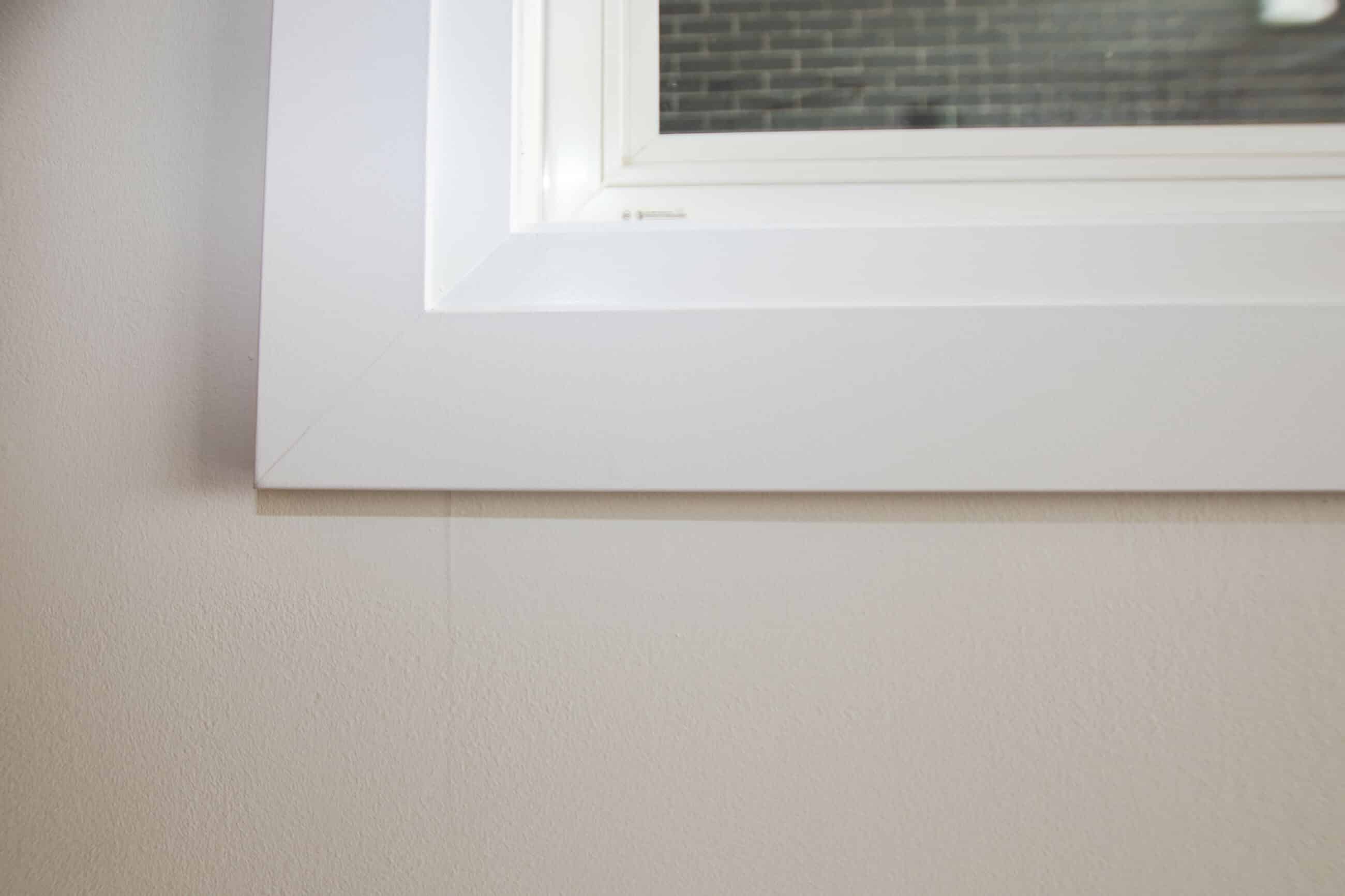
Now the trim around the window is a beautiful, elegant style, and looks great on its own. The image below is the same casing style with the additional backband. You can see how the trim pops and has a more unique appearance. The backband truly helps the casing and the window have amore definite framing.
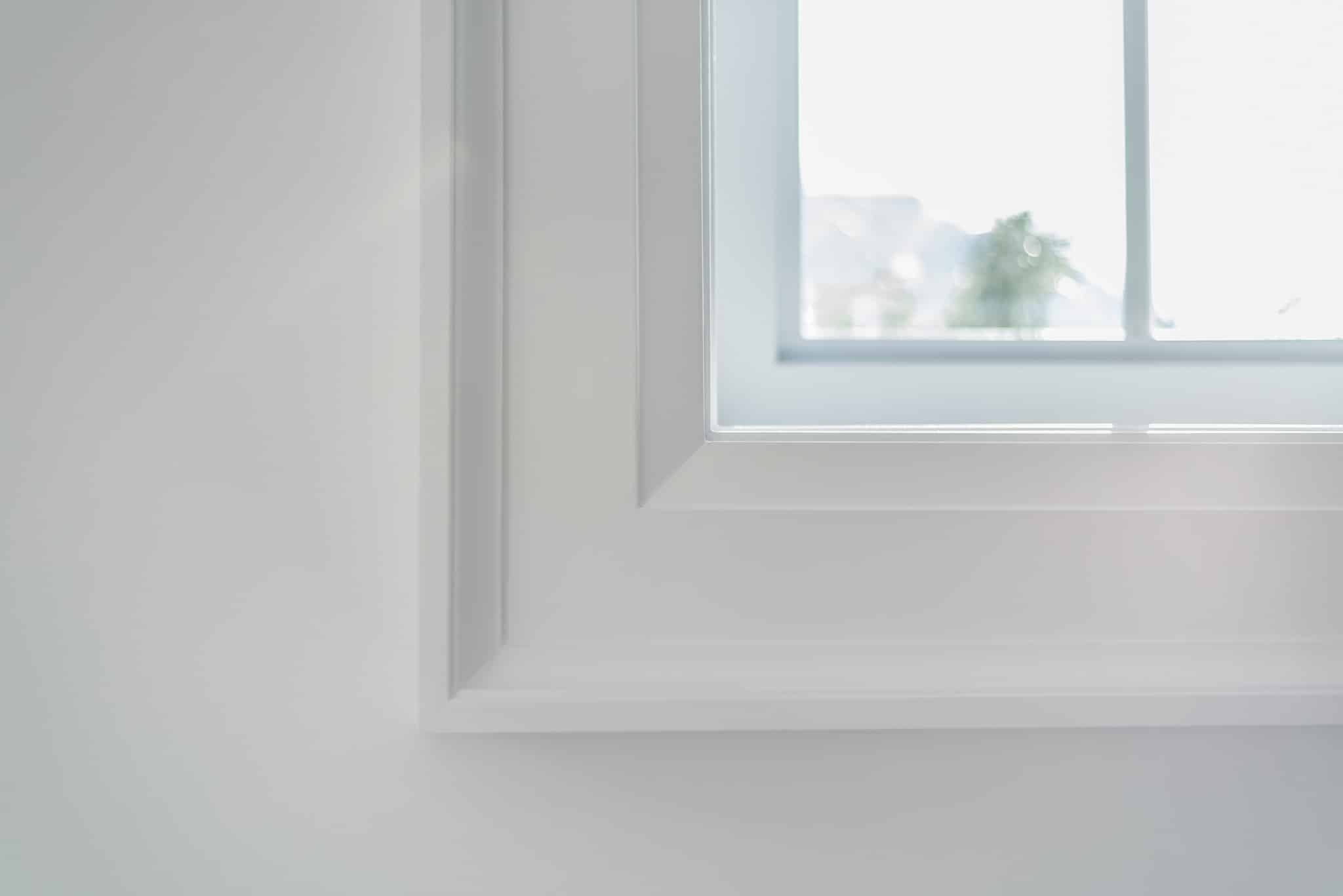
Below is another image of a contemporary casing profile with backband installed.
Window Stool
Have you ever dreamed of a beautiful, large window with a sill and starting out in the morning with a spectacular view and a hot coffee in your hand? What do you imagine the windowsill is used for? Is it a window sill for plants? Is it a windowsill shelf? The trim around a window is something you may not give enough time of day when working on your home décor or new home build design.
While you may be thinking you know what a windowsill is, you are likely looking for a window stool. It is very common that people believe that the windowsill and the window stool are the same thing, however, a window sill and a window stool are two different things. The windowsill is the trim around a window and the bottom horizontal portion of the window. The window stool is the more visible piece of wood attached to the windowsill where you may place your favourite windowsill planter.
The window stool is the piece of wood that you would place your home décor items or plants onto. You cannot have a window stool if you don’t have a windowsill. Therefore, loving your windowsill is just as important as the window stool. Not every window requires a window stool, but if you are looking for a place to add your favourite home décor and make your window more homey, than a window stool is something you should consider.
Below is an image of a windowsill, or simply window casing. The trim around the window is the same on the vertical and horizontal pieces. This is one of our custom casing profiles chosen by the homeowner. At Riverside we offer commodity profiles and completely custom trim options.
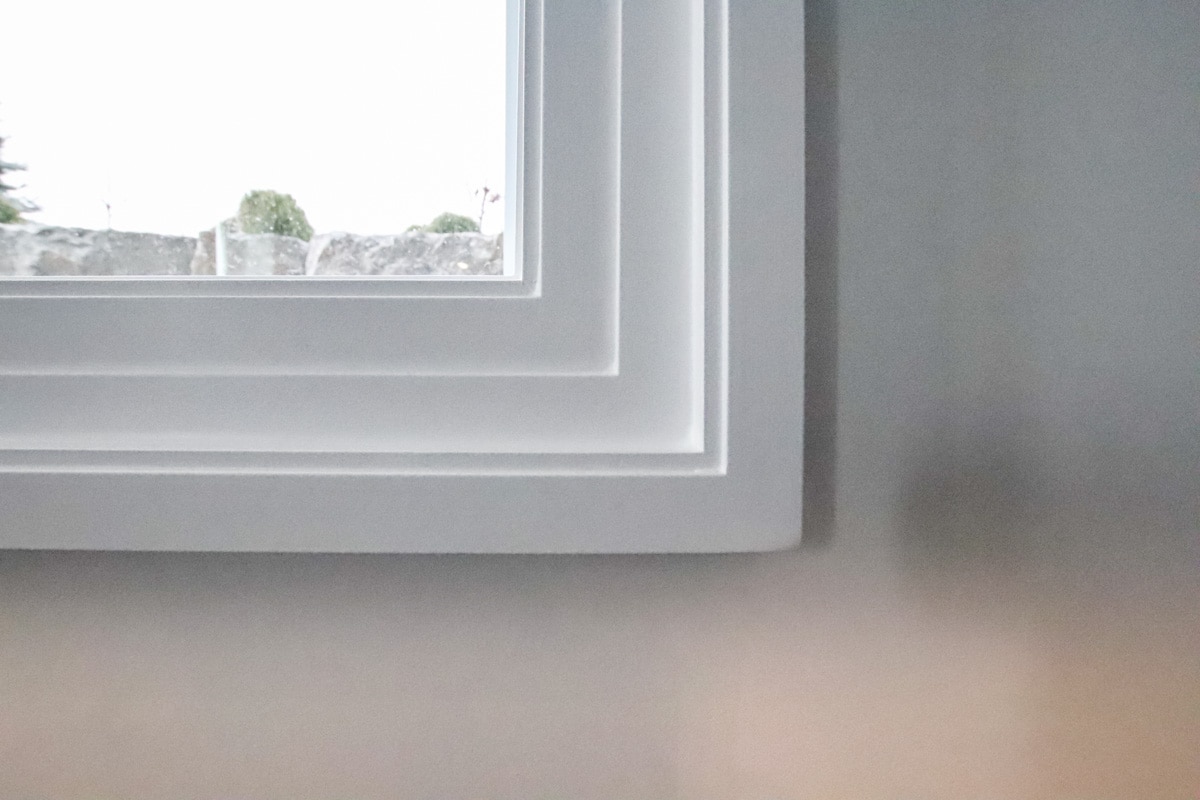
Below is one of our more common Modern casing profiles. Just like the image above, this window trim is the same vertically as it is horizontally.
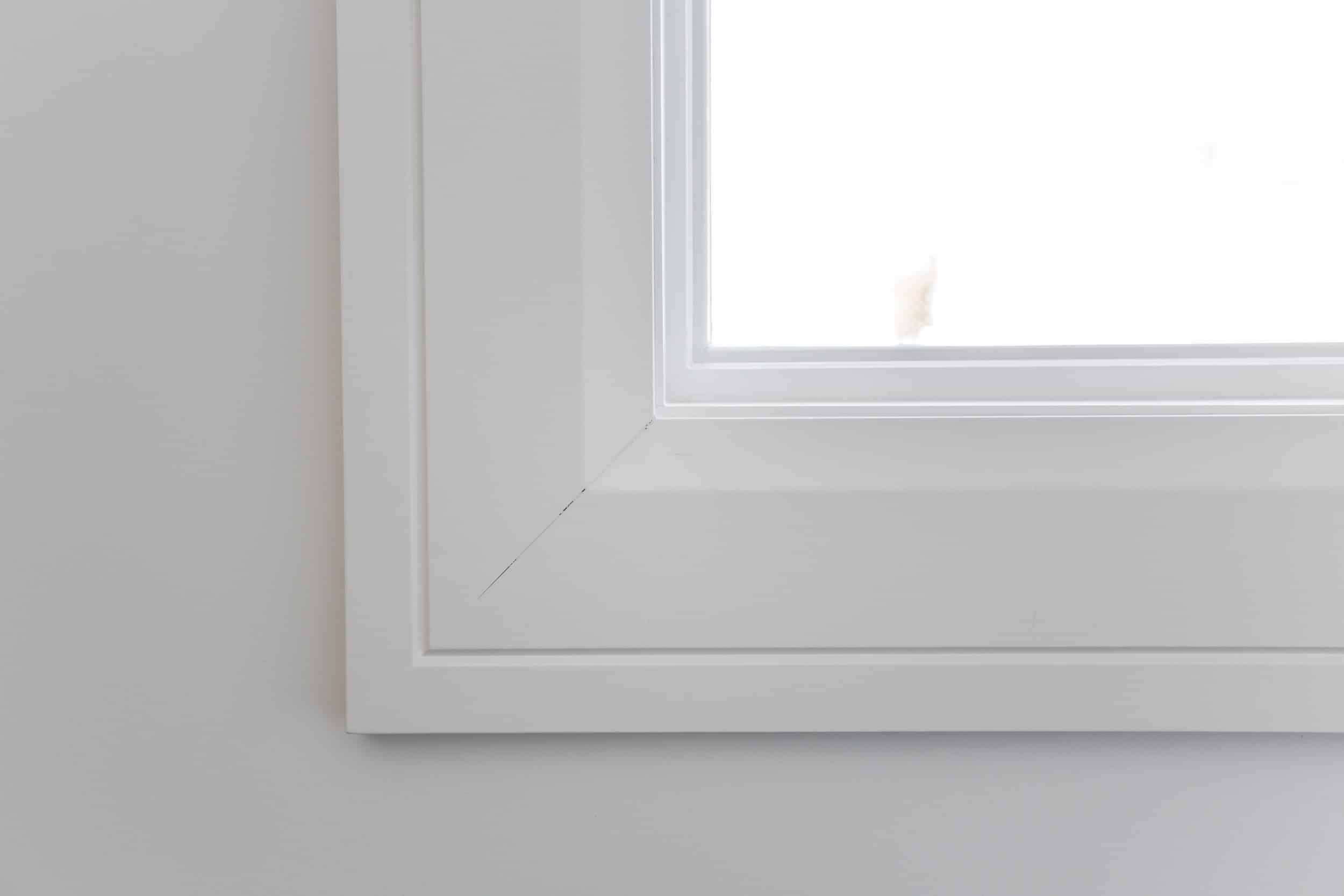
While neither of the two images above have backband, they don’t have a window stool either. The image below is a completely custom window stool and casing. This homeowner loved their century home and when they added an addition, they did not want to lose any of the historic charm, so custom trim to match the original trim was the only option! To learn more about how we can help you with custom, one of a kind trim, visit our blog Keep the Charm in your Home with Custom Trim.
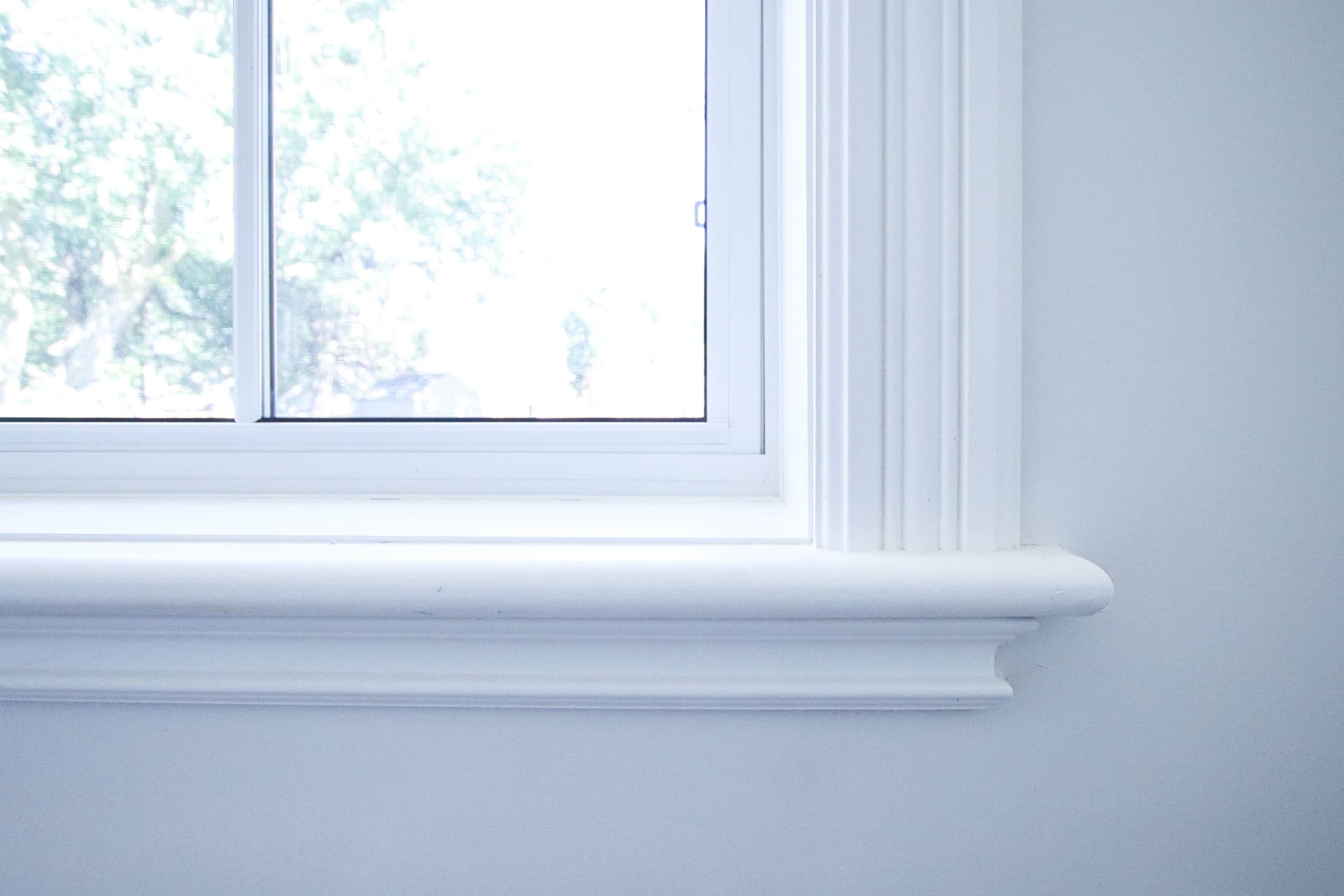
Below is another image of a window that contains both backband and a window stool.
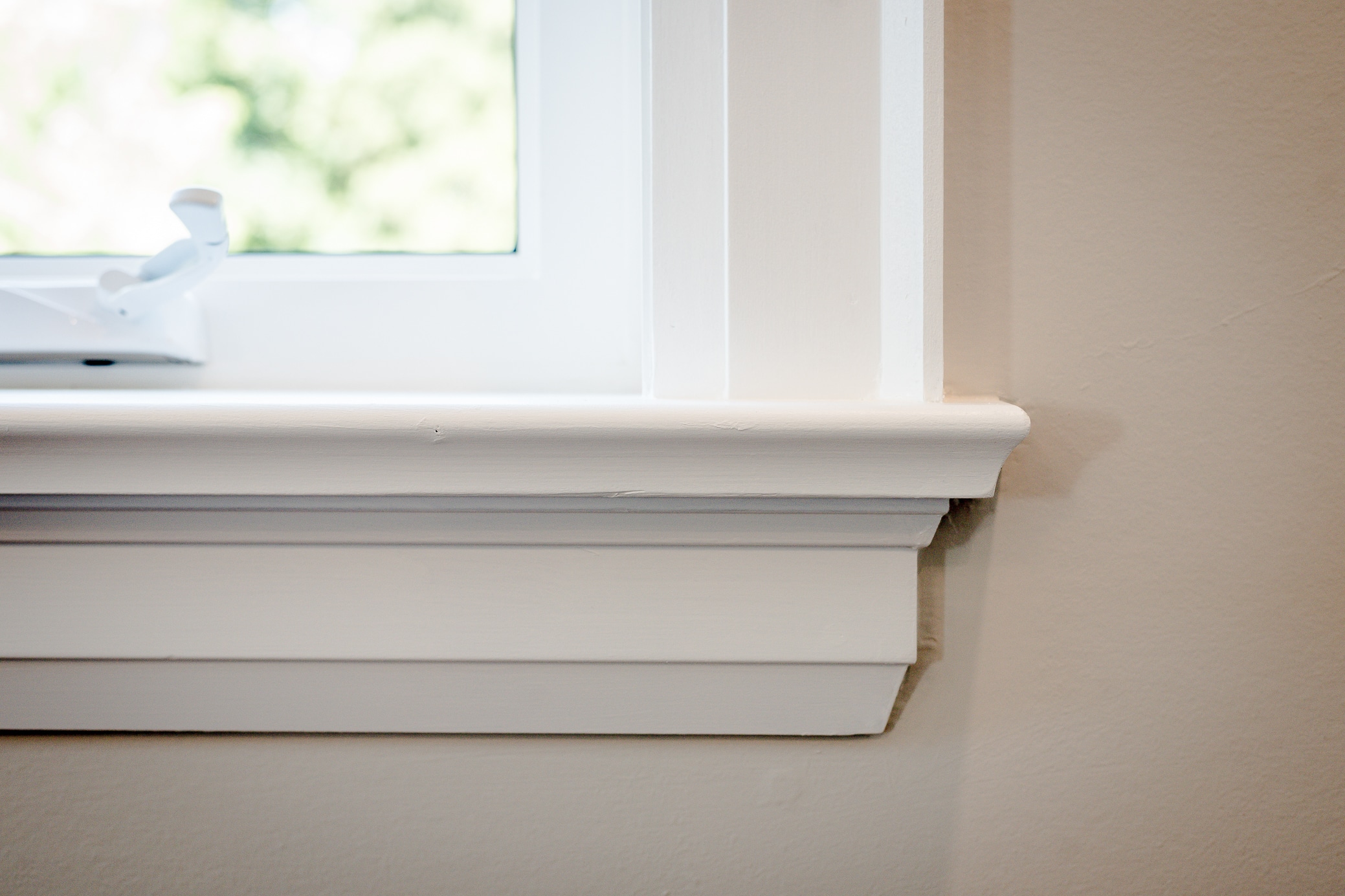
A window stool helps frame the window and gives it a little bit of extra design features.
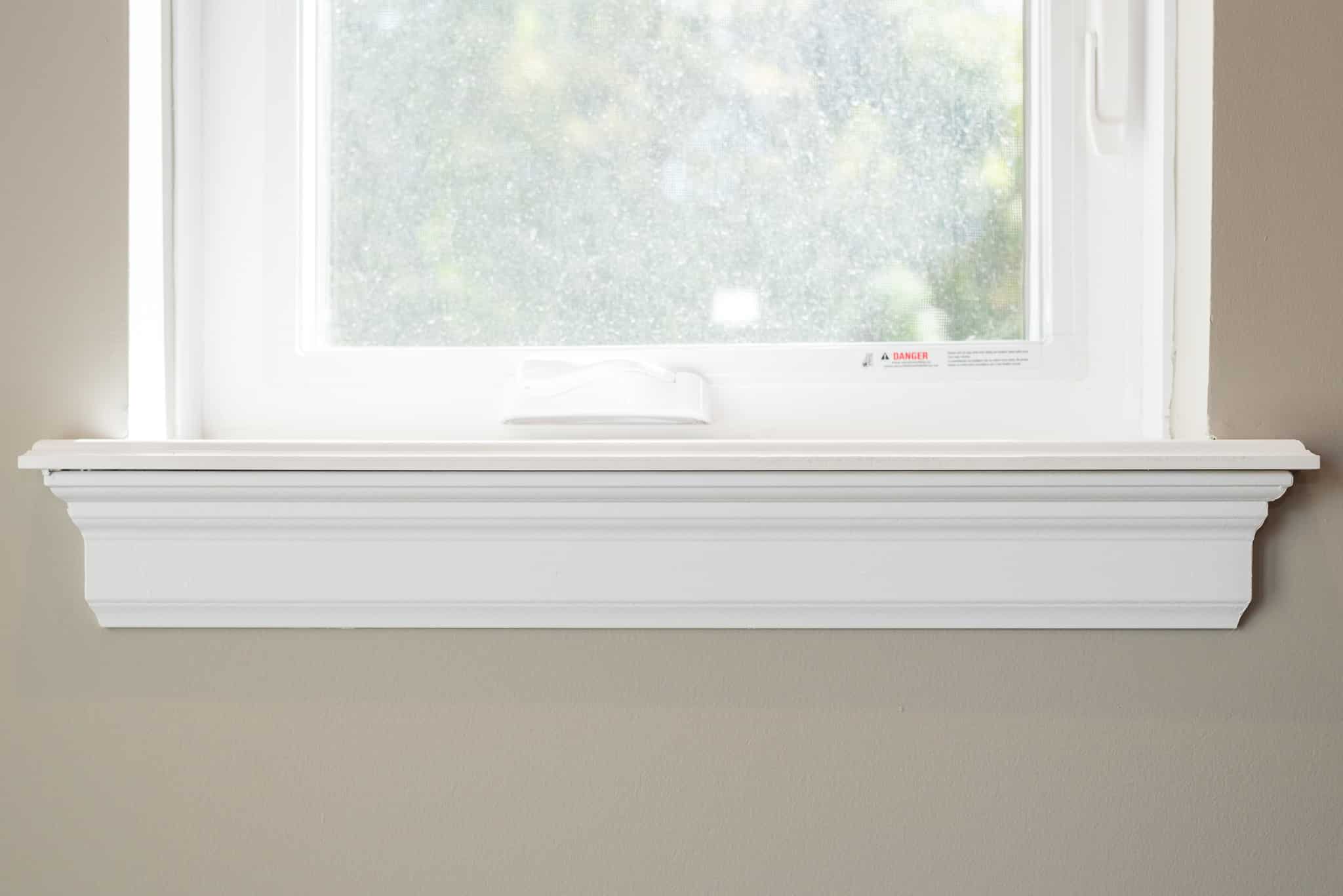
Architrave
Architrave… you may have heard this term before but do you know what it is? Architrave is a type of moulding that is used to frame any opening, most often seen around doorways, doors, and windows. The term architrave describes a horizontal beam, often seen at the top of an opening, and set above two vertical trim pieces, often the casing. Architrave is not a requirement in a home, like baseboard and casing, although it is an additional trim product that can enhance the style and theme of any space by providing character, and elegance while hiding any imperfections.
Below is an image of a door that has architrave installed above the doorway. You can see how a simple architrave significantly enhances the effects of a door and doorway.
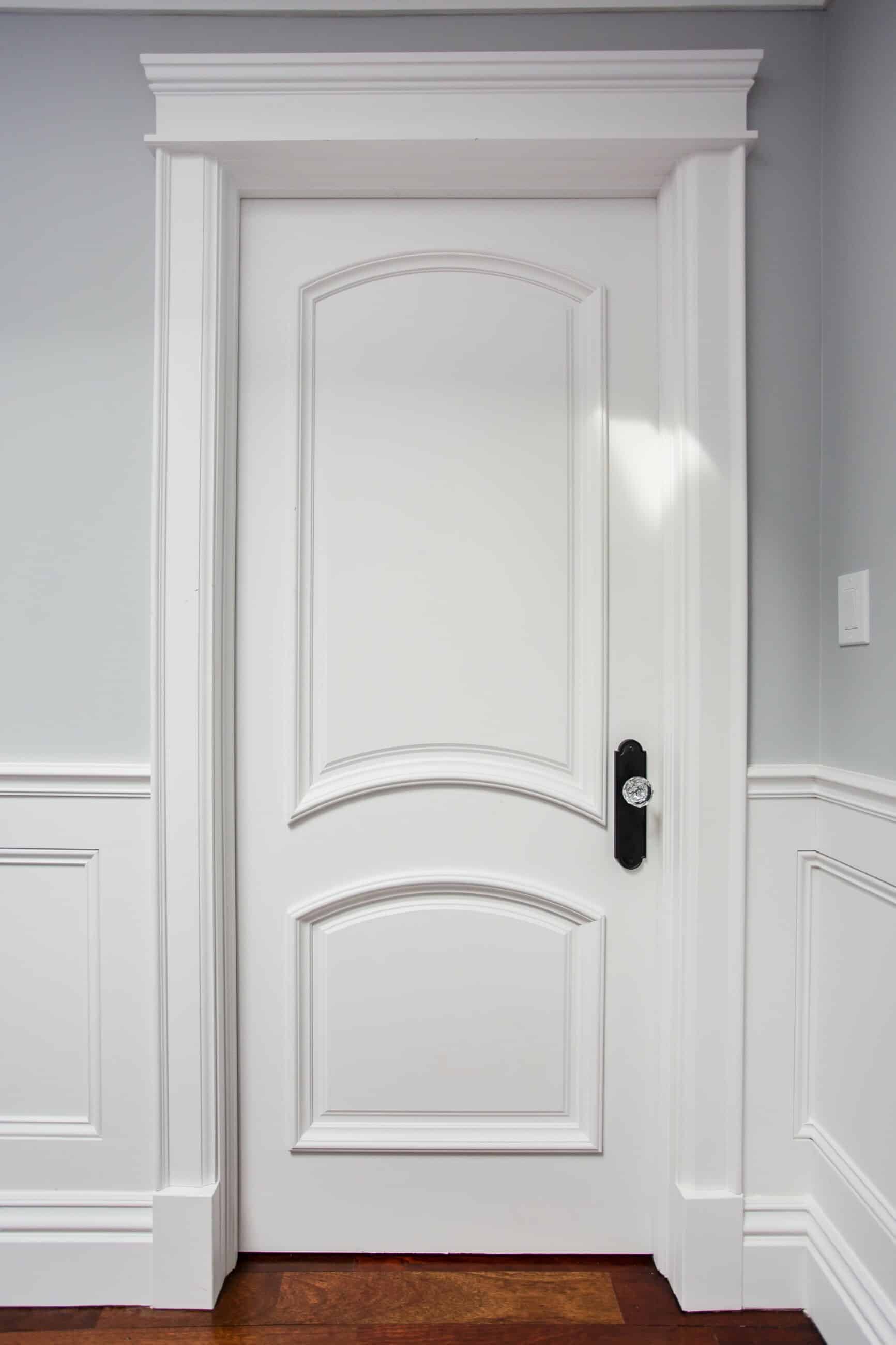
Here is a close up photo of architrave on this custom door.
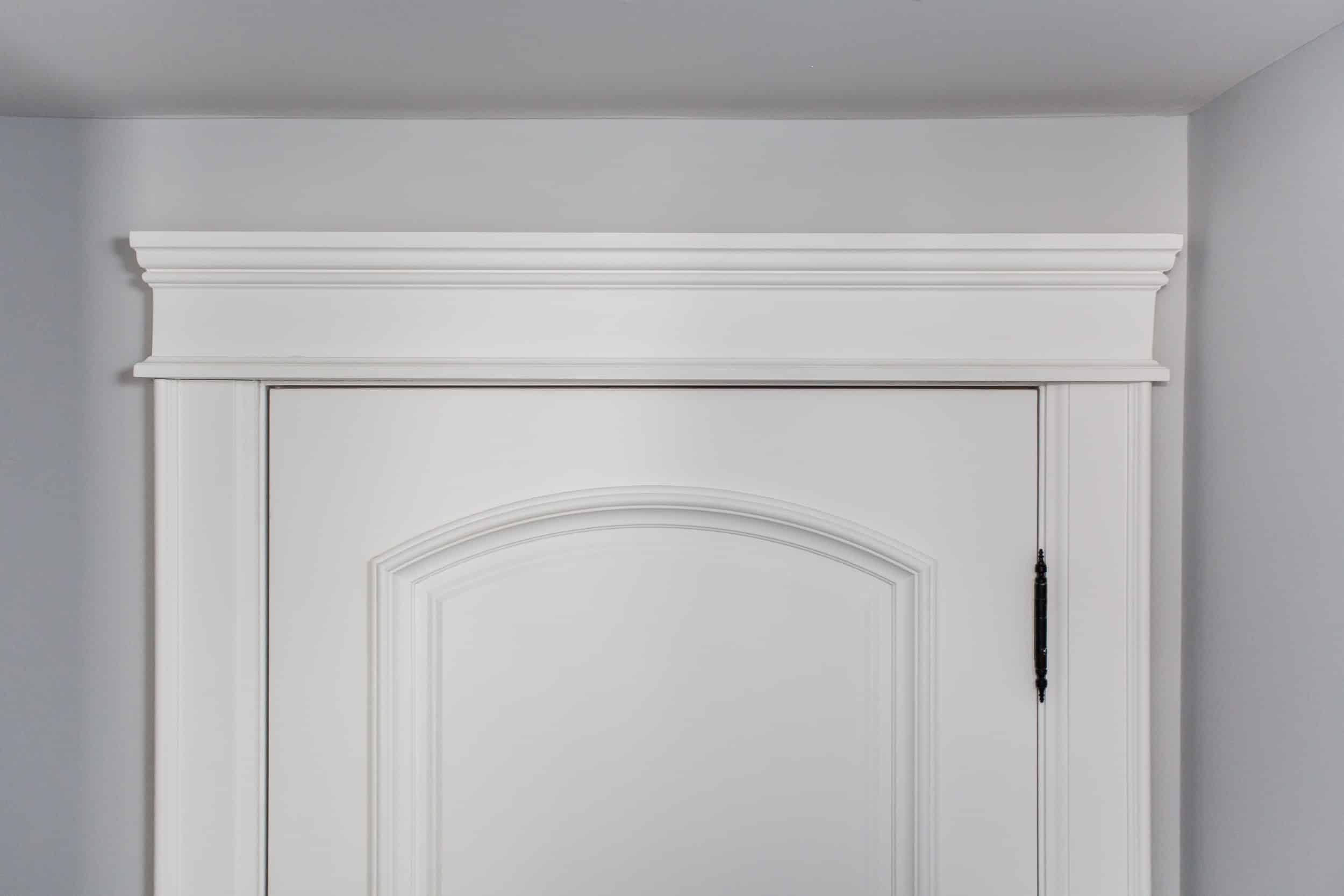
The actual architrave profile can be simple or extravagant, both styles or profiles that you choose still make a difference on the door frame or window frame.
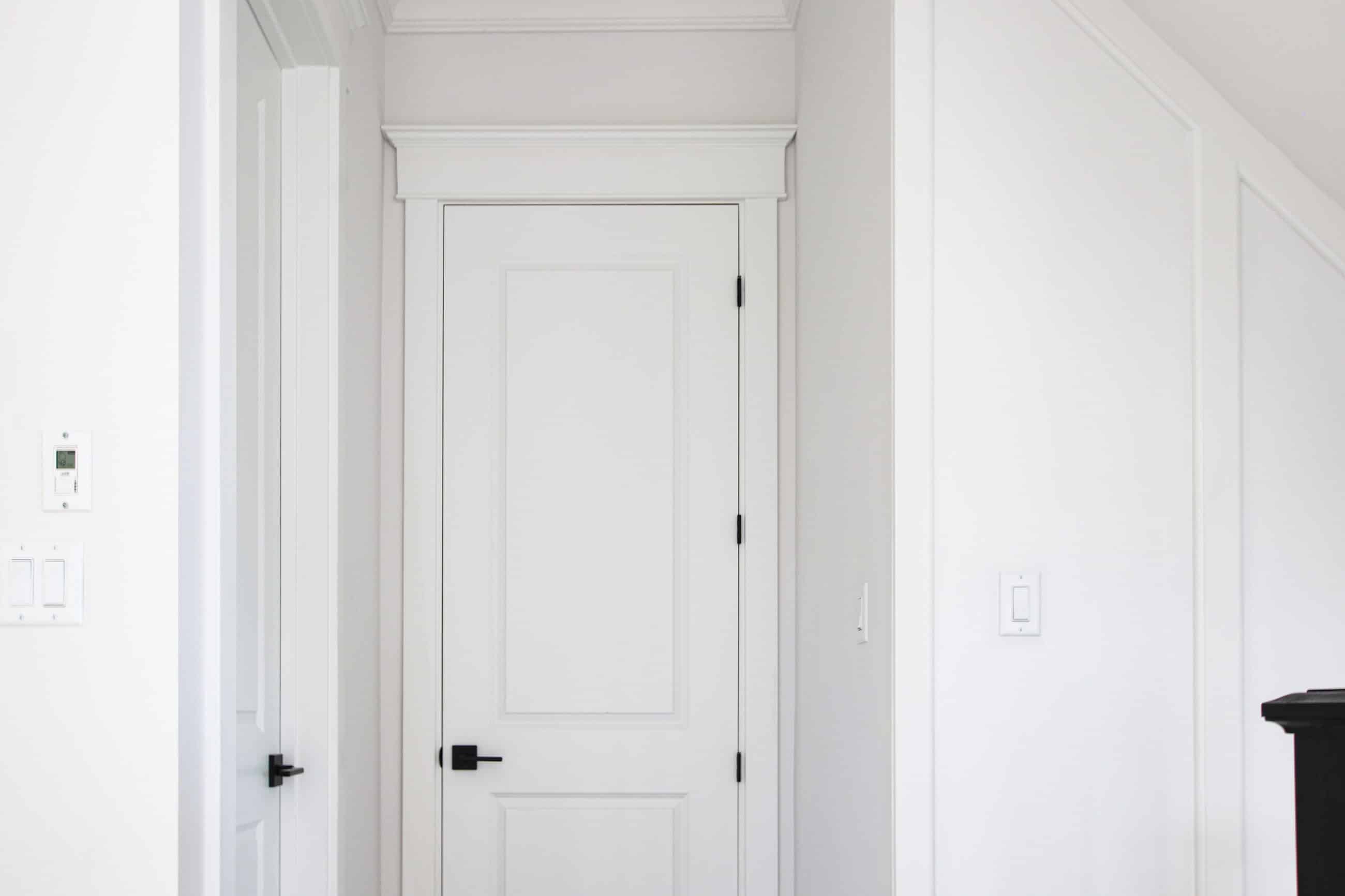
While the images of architrave above are all interior doorways, you can have architrave installed on a window as well. See the image below to see the additional architrave installed above the window.
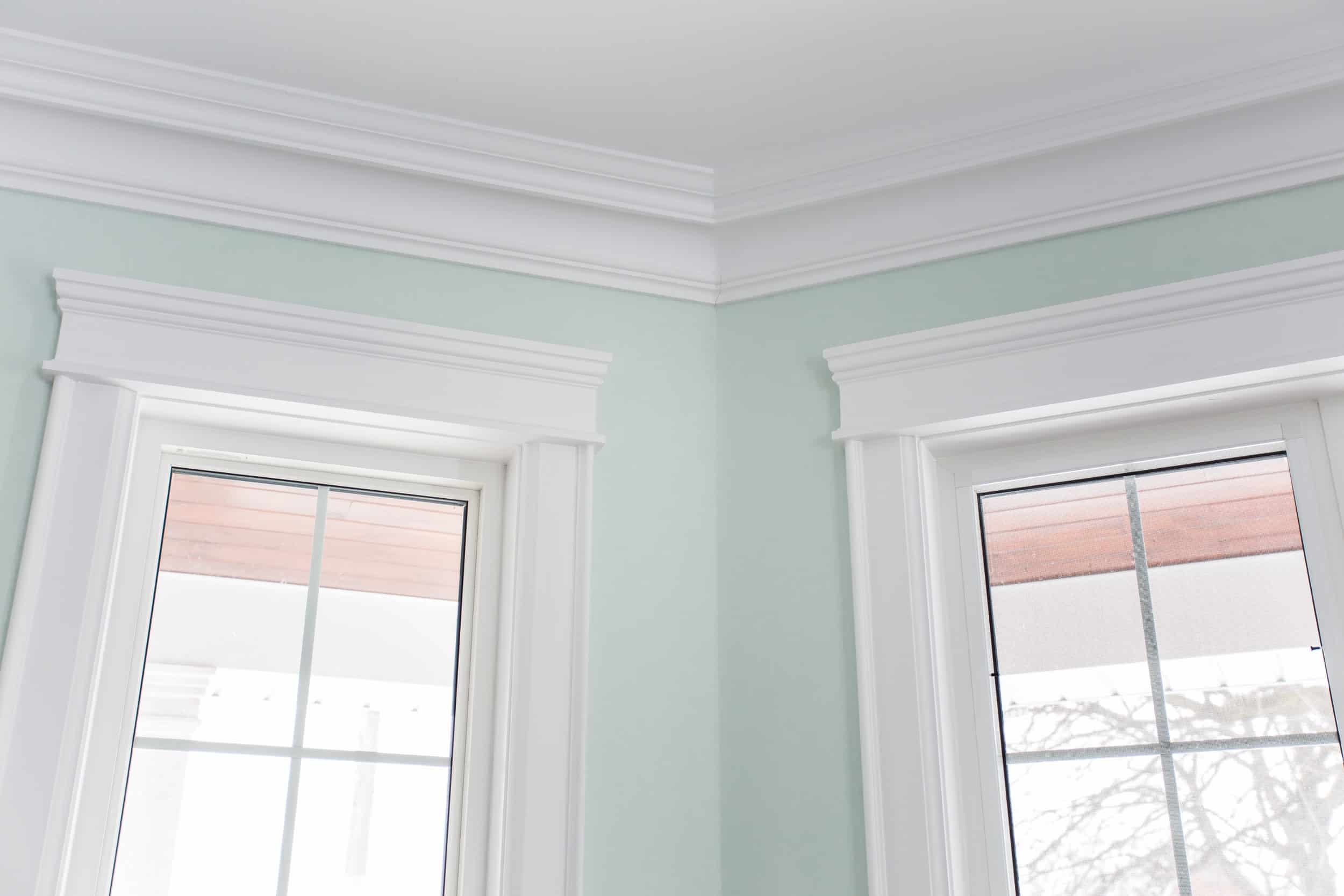
Shoe Mould
We have covered all of the additional trim products you can purchase for doorways and windows, although what about additional trim products for your baseboard? We have multiple different profiles to choose from and also offer custom baseboard and trim. Shoe mould or quarter round is typically purchased to be installed on the door jamb but it is often purchased for the bottom of baseboard. It’s main purpose is to fill the gap if the baseboard profile you chose is slightly short and you are seeing a gap between the flooring and the baseboard. Overtime, shoe mould has become something that is less of a necessity and more of an additional feature. Adding shoe mould to your baseboard helps enhance the moulding to look more custom and unique.
Below is an image of baseboard without shoe mould.
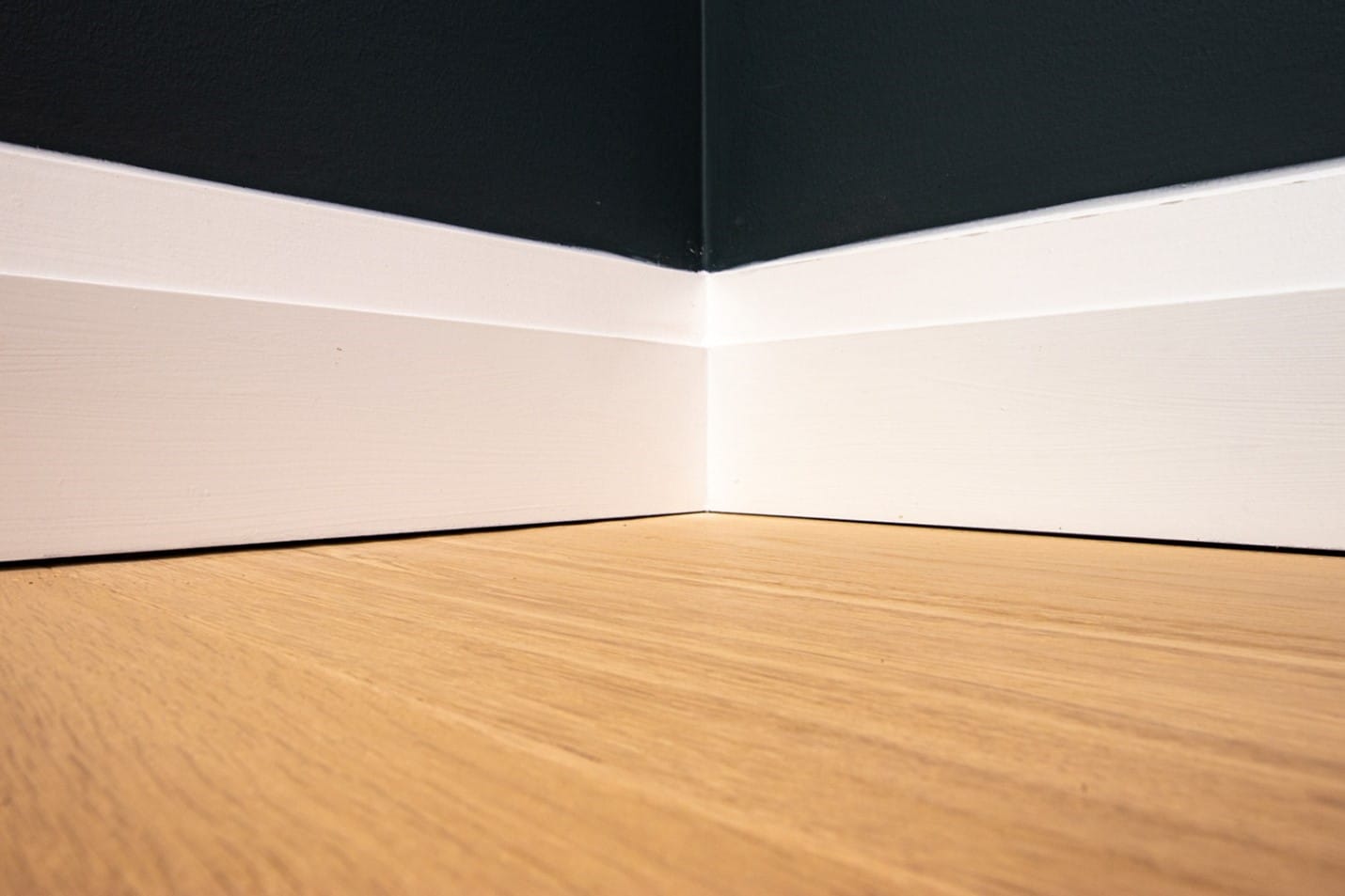
Below is an image of the same baseboard profile, one of our most popular, the contemporary Baseboard, paired with contemporary shoe mould.
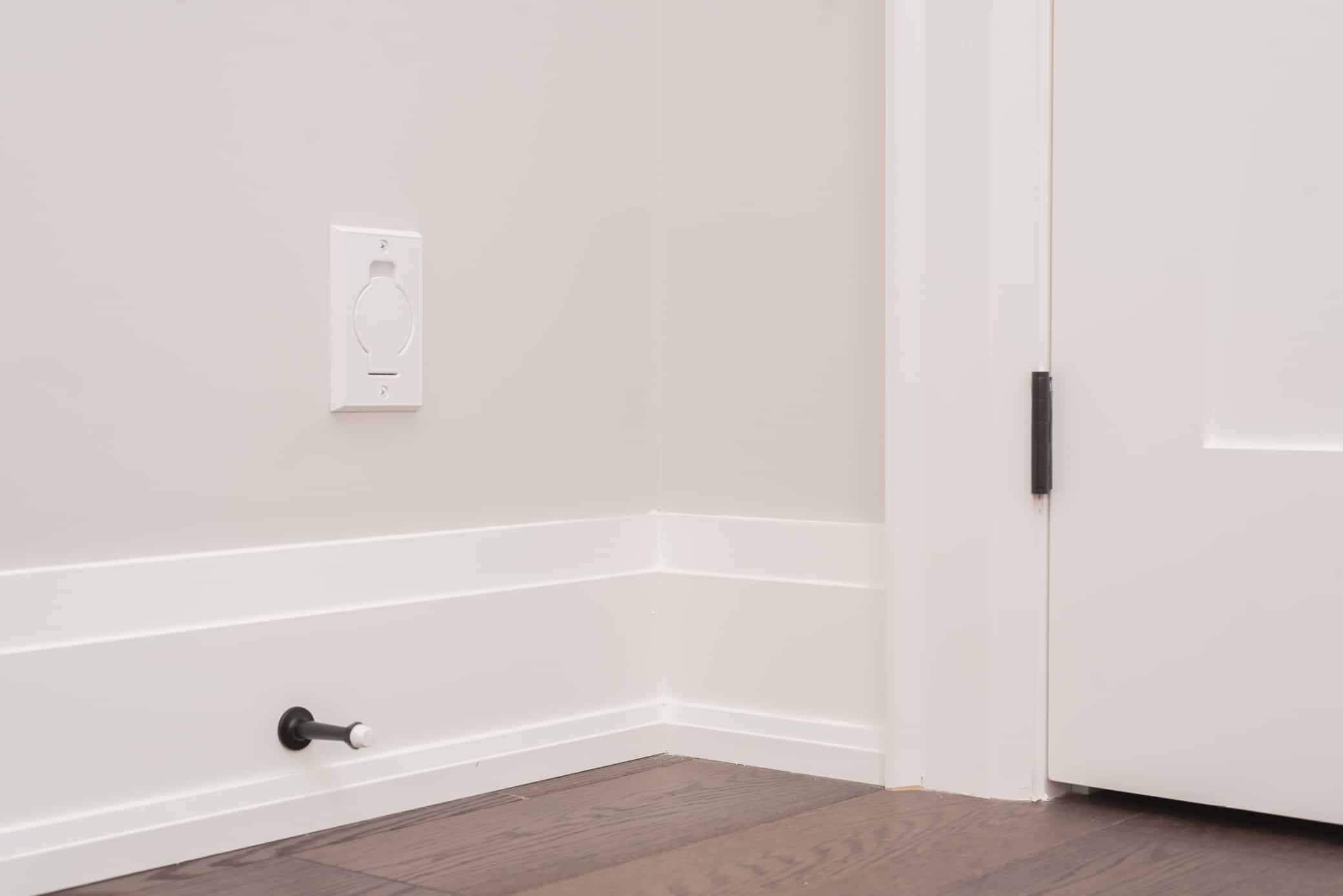
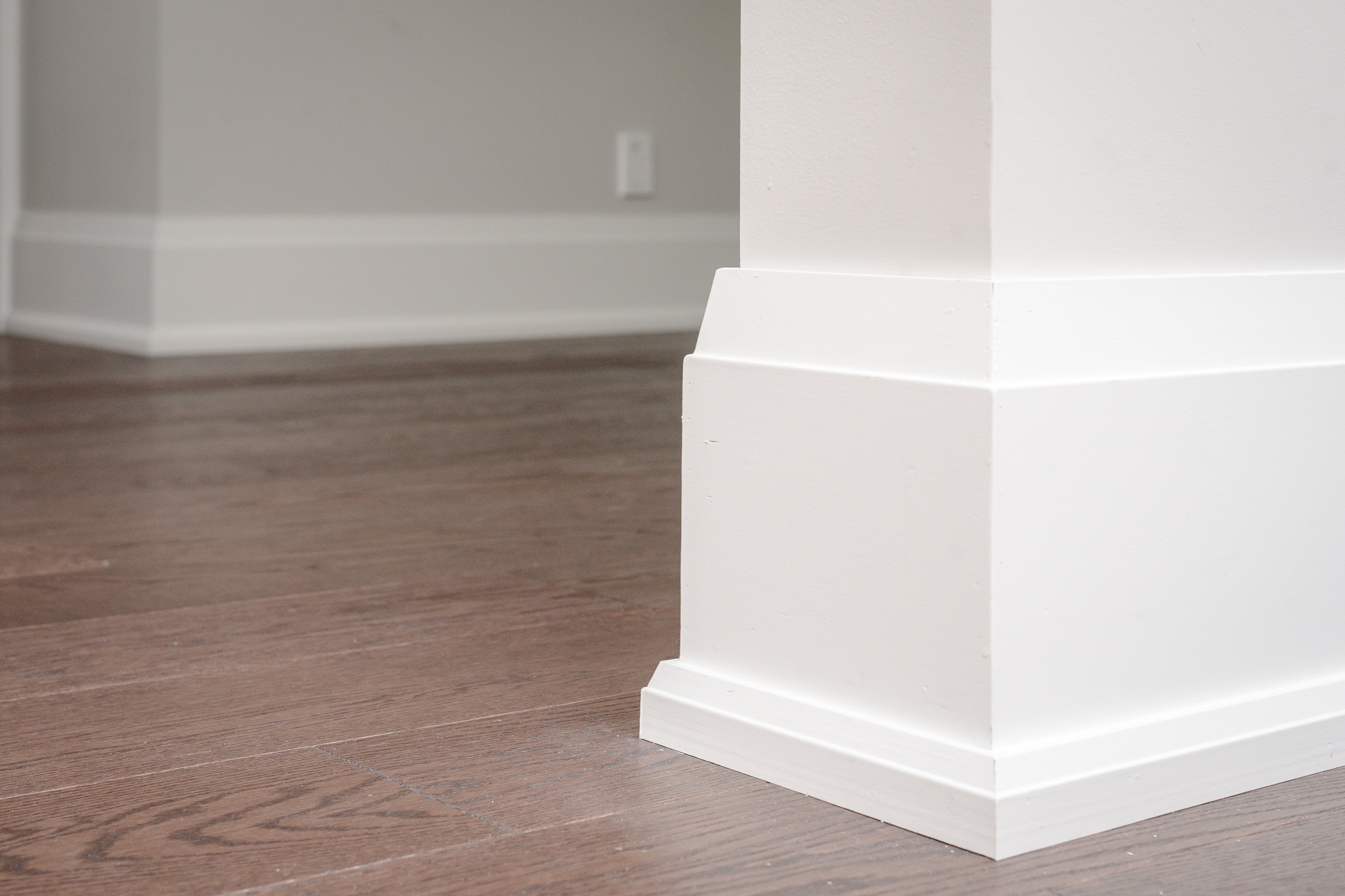
You can see how the shoe mould makes such a dramatic difference on the appearance of the baseboard. Below is a custom baseboard with custom shoe mould to match the unique tall height.
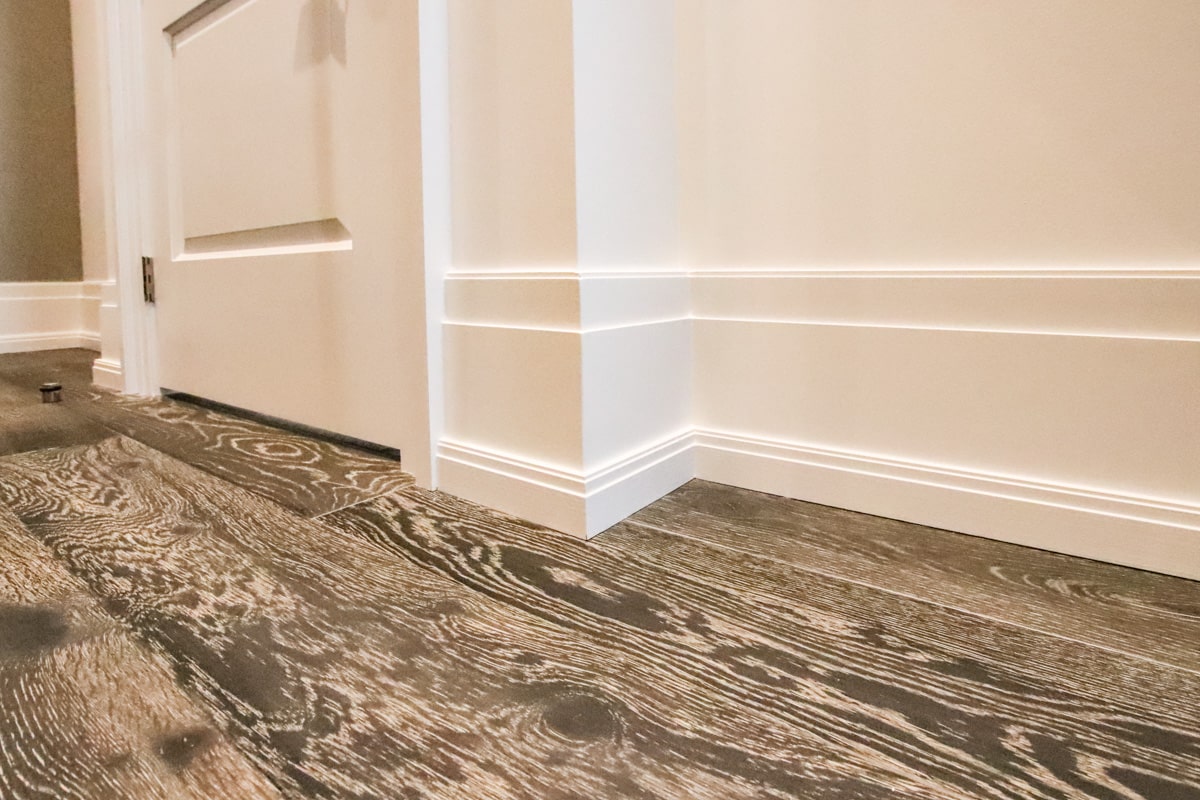
If you are happy with your standard trim but feel like it could use a little extra design feature, contact us so we can help pair your baseboard and casing with something to meet your needs.
